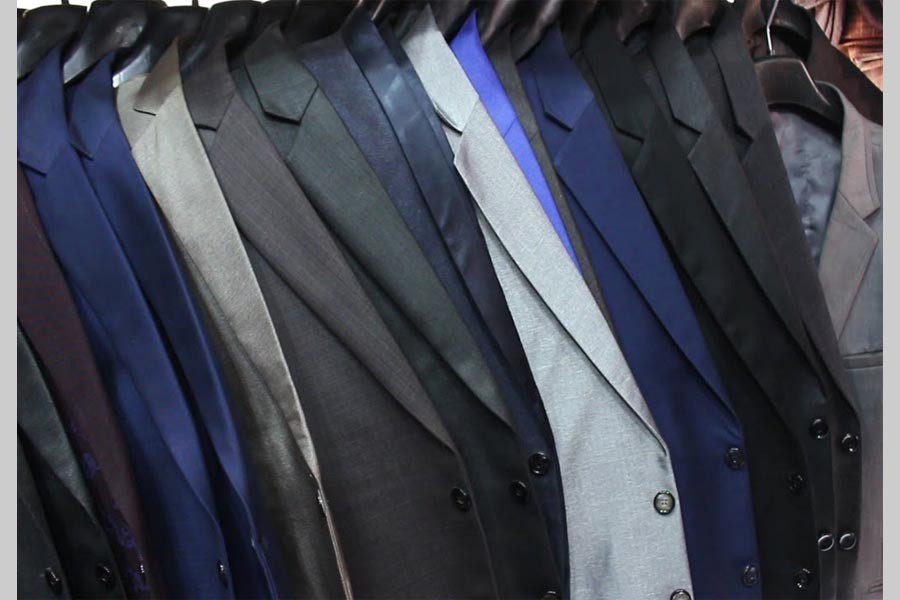
Published :
Updated :

The wintry bite as of the past is fast becoming mellower. Climate experts may ascribe this dropping intensity of cold to factors like global warming. But the winter has not left Bangladesh. The country's northern and north-eastern regions still go through bouts of severe winter, though briefly, almost annually. The large cities like Dhaka are also not spared. In the earlier days, lack of adequate winter wear would add to the sufferings of the low- and middle-income people. The situation has changed radically. With adequate winter garments at affordable prices within reach, people have for the last couple of decades been sufficiently able to cope with the onslaught of winter. Winter clothes ranging from brand new colourful blankets to different types of winter wear flood the market these days. These are made at the local garment factories mostly catering to domestic clients. Eighty per cent of the products made by the country's export-oriented apparel factories have long been limited to some traditional items. They comprise trousers, t-shirts, sweaters, shirts and jackets etc --- generally made of cotton.
Notwithstanding the intermittent unrest and adversities besetting the country's readymade garment (RMG) industry, the sector has lately made forays into a few new areas. Suits and blazers occupy a major slot in this list. The country has been exporting winter wear to the developed world for around 30 years. Germany tops the countries that import large volumes of winter clothes from Bangladesh. It imports winter apparels worth more than US$ 724 million. Reportedly, a number of rich countries nowadays buy these clothes from Bangladesh. They include countries in Europe, the USA and Australia. According to industry insiders, these two kinds of winter apparels are increasingly being viewed as highly promising value-added products. As a result, a number of local manufacturers are putting in their efforts to grab a share in the global suit-blazer market.
Apart from the traditional RMG sector, specialised tailoring houses are now engaged in making suits and blazers for export destinations. Still in a fledgling stage, the sector now exports its quality products to developed countries. Its export volume stands at around US$ 200 million, up from about US$ 20 million just 3-4 years ago. Apparently in its nascent state, the suit-blazer factories are at present dominated by 5-6 houses. According to an account, one of them is capable of shipping readymade suits worth $26 million a year. It aims to export suits and blazers worth $100 million by 2021. Orders from the industrialised countries like the UK, the USA, Japan and Germany continue to pour in.
A great prospect notwithstanding, the suit manufacturing sector is plagued by a lot of drawbacks. The most glaring of them is the lack of skilled hands and the required technology. Recruiting promising youths and imparting necessary training to them can help the sector become a vibrant one. Apart from meeting overseas demands, the emerging suit-blazer manufacturers have also made spectacular inroads into the domestic market. At the advent of the winter, the supermarkets in the large cities wear a colourful look. With mannequins in blazers and suits of different designs, the storefronts continue to draw the intending buyers. Foreign blazers have virtually become a thing of the past. All this bodes well for the sartorial choice and economy.


 For all latest news, follow The Financial Express Google News channel.
For all latest news, follow The Financial Express Google News channel.